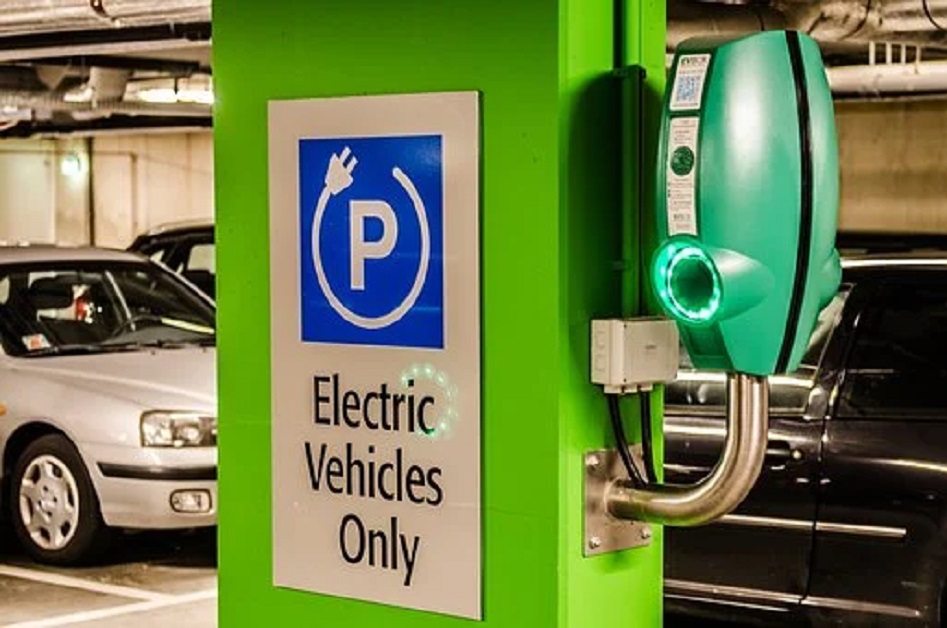
With the unveiling of the Auto Industry Development and Export Policy (AIDEP) 2021-2026, the role of electric vehicles (EVs) has been further accentuated. The government intends to incentivize their local production by reducing the sales tax to 1%.
The question is – would this be enough to popularize them among the masses and encourage the local auto makers to manufacture them in greater numbers?
AIDEP 2021-2026: Gateway to EVs?
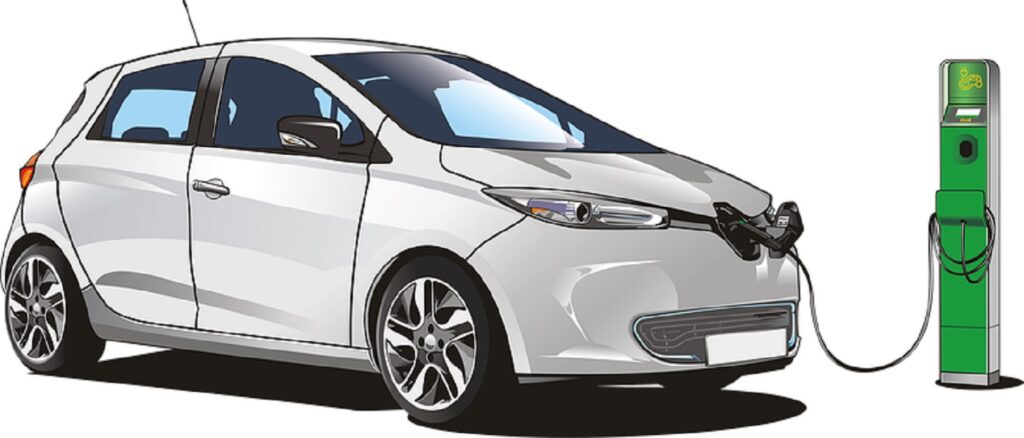
AIDEP 2021-2026, Pakistan’s blueprint for the local auto industry for the next five years, emphasizes on the local production of EVs and hybrid technology using vehicles. This would be done by giving tax breaks to the local auto makers and encouraging foreign auto makers to invest in Pakistan’s EV sector.
Notwithstanding the debate whether tax incentives alone are enough for the production and popularity of EVs and hybrids in Pakistan, there is more that handicaps their introduction in Pakistan.
To know more about AIDEP 2021-26 and its pros and cons, read here: AIDEP 2021-26: A Step Forward from ADP 2016-21 or a Bundle of Lofty Goals?
Pitfalls on the Road to ‘EV Revolution’
Irrespective of whether we are hardwired to resist change or not, there is no question that the fear of the unknown makes us question its usefulness. The transition from a combustion engine to an electric one, is not just a transition in engine but also transition of minds.
Having said this, there are some genuine questions that need to be answered before it can be said that we are ready for our EV Revolution.
How far will it go?
It is common for urban dwellers to visit their families in their ancestral villages, hundreds of miles away. The obvious question in their mind would be with no recharge station in the village and an erratic electricity schedule, how would they recharge their car? And if they can’t, how will they get back?
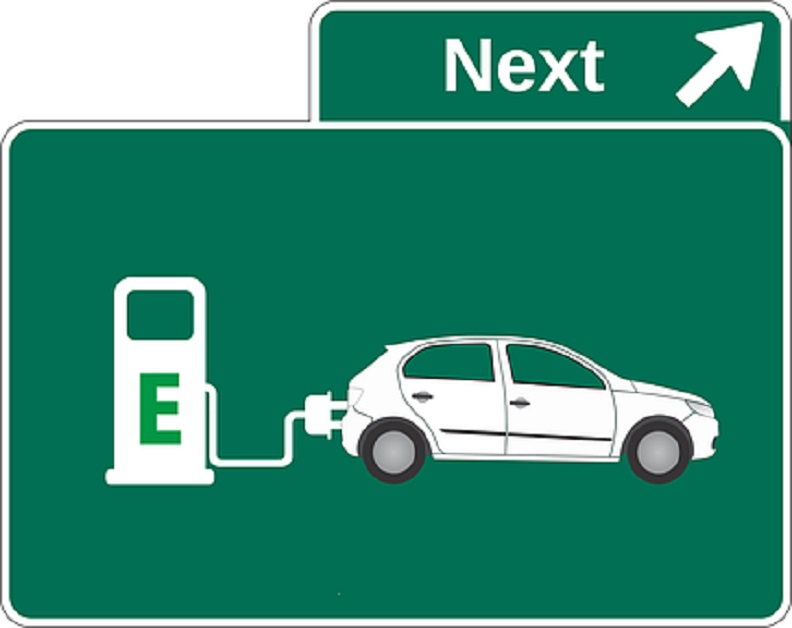
What if they run out of the charge in the middle of no where, far away from a recharging station on a main road?
Read more: Everything You Need to Know About Electric Car Efficiency
How long before I need to replace the batteries?
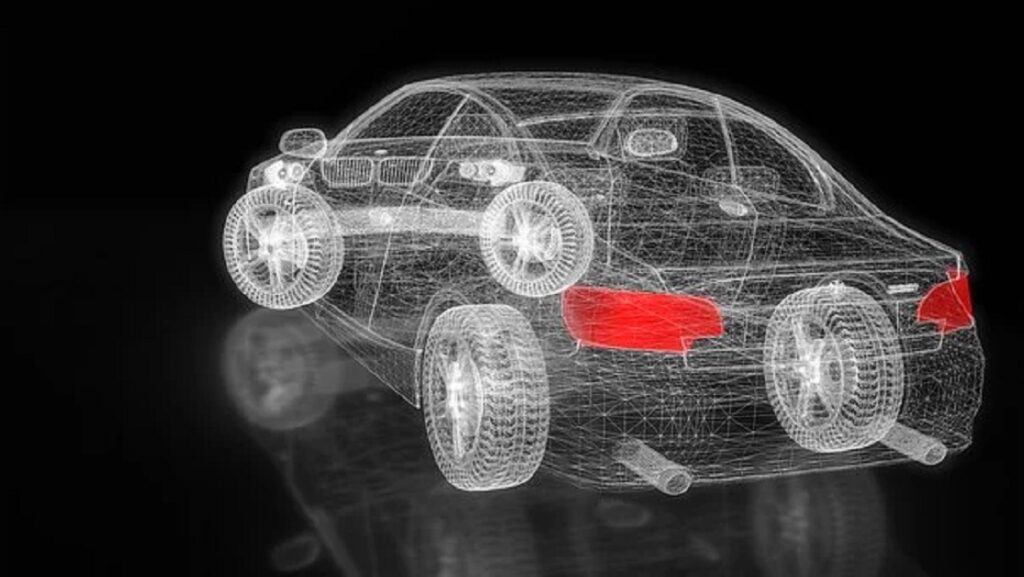
In 2019, in a tweet Elon Musk claimed that Tesla Model 3 batteries would last from 300,000 to 500,000 miles (miles not kilometers), which means you would have to replace them once or twice over the vehicle’s lifetime.
A survey consisting of 350 Tesla car owners in Europe revealed that their vehicles dropped about five percent of their battery capacity after 50,000 miles though it slowed down afterwards and didn’t drop battery capacity as quickly.
In Pakistan, however, EVs will face other challenges too. Who will work on my EV if it breaks down? Regular or traditional mechanics come cheaper by the dozen but what about EV mechanics?

An ancillary question would be that traditional cars can last a lifetime if maintained properly. Think vintage cars. But what about EVs. Would they be as long lasting as traditional cars? And if not, why buy them? Wouldn’t the cost of owning a car go up?
How will I charge my car during Loadshedding?
While urban loadshedding may have become a bit distant in recent years, it is still very much real in rural areas. Which in turn ties in with what has been mentioned earlier (How far will it go?)
In addition, our power grids are still rickety, outdated, fragile and hence unreliable.
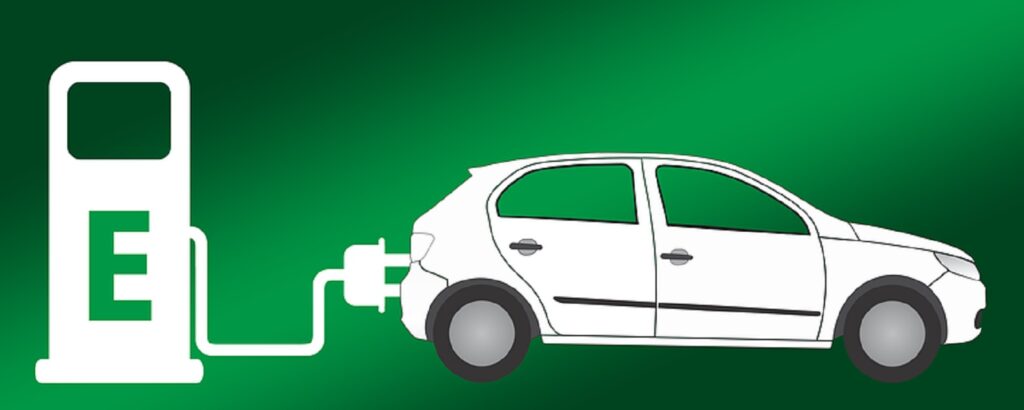
An EV Revolution in Pakistan would mean an EV charger station at every existing petrol station, shopping mall, university, government and private offices, you name it. And this doesn’t require a degree in electrical engineering to figure out it would add pressure on the existing electric infrastructure. Needless to say, we would see more loadshedding, unscheduled and unannounced.
Price?
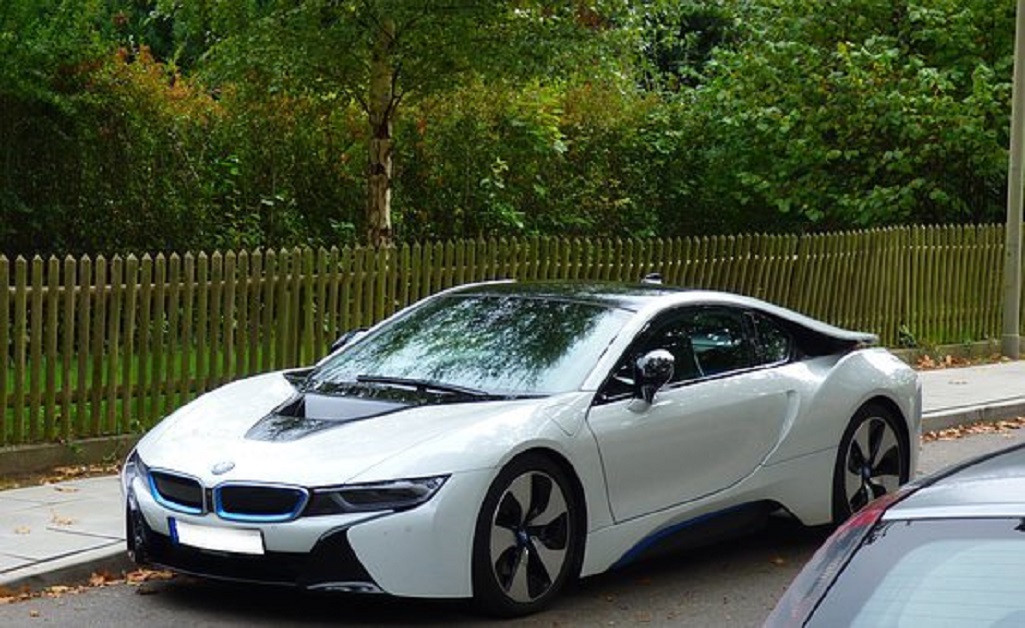
Before you pat a potential buyer for thinking of reducing carbon footprint, you need to empower them to be able to buy an EV. And this includes cheaper electricity, which keeps costing more.
Yes it’s true that EVs do not require gasoline at all, which shields you from rising bimonthly petrol prices, but it is also true that per unit electricity price in Pakistan keeps going up.
Second, and equally important is the price of an EV.
While it can be predicted that Pakistan’s EV Revolution will be led by Chinese EVs and the ones locally produced would be relatively cheaper, for argument’s sake let’s imagine we were in the middle of an EV Revolution today.
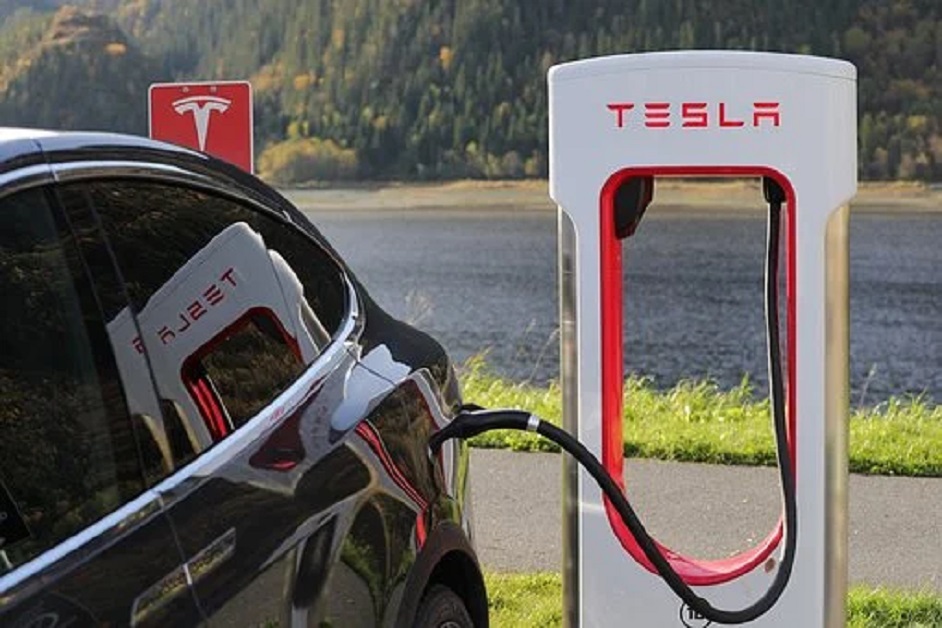
The cheapest Tesla car is Model 3 which is priced at roughly $44,000. This rounds off to Rs.8 million. Add a plethora of import duties and local duties on it and you are looking at a figure of around 1.9-2 crore. And this for the cheapest Tesla’s base model.
How Real Is the EV Revolution in Pakistan?
It’s real because it’s inevitable.
Pakistan is home to some of the most polluted cities in the world. And we are talking Top 10 here. Pakistan’s carbon emissions increased by 123 percent from 1994 to 2015, only to further increase by 300 percent by 2030.
Currently, 46% of the total carbon emissions come from transport. So, it’s not a question of if but when.
Going by Pakistan’s latest Nationally Determined Contributions (NDCs), by 2030, 30% of all new vehicles sold in the country will be EVs.
So while it will eventually happen, we are not on the cusp of it. Do not expect it in the next five years. And certainly not by simply reducing duties and taxes on the local assembly and import of such vehicles. It will take more.
Would you agree or disagree with the scribe that the possibility of an EV Revolution in Pakistan in the next five years is remote?


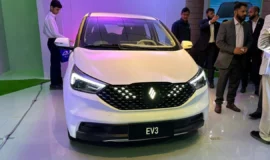
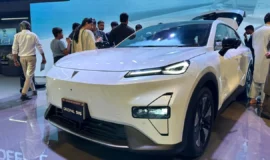
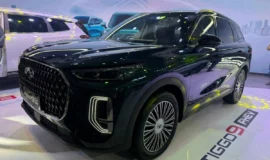
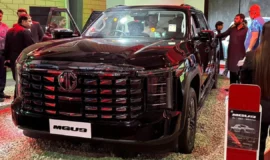
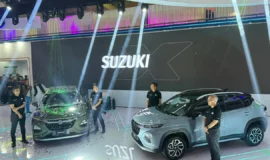

Time to move on hybrid and electric cars bcoz pakistan is the biggest importer of petroleum. Save Pakistan